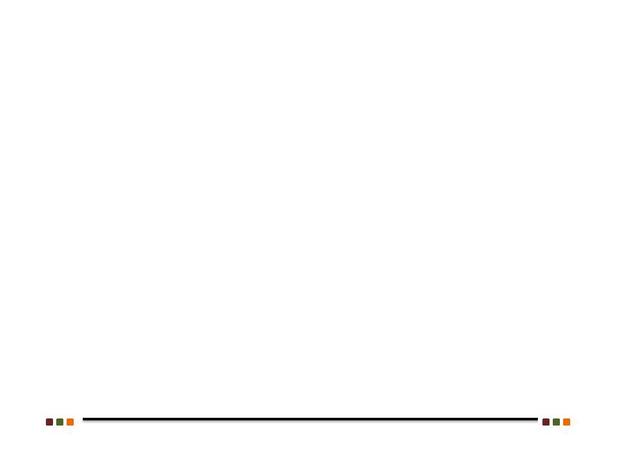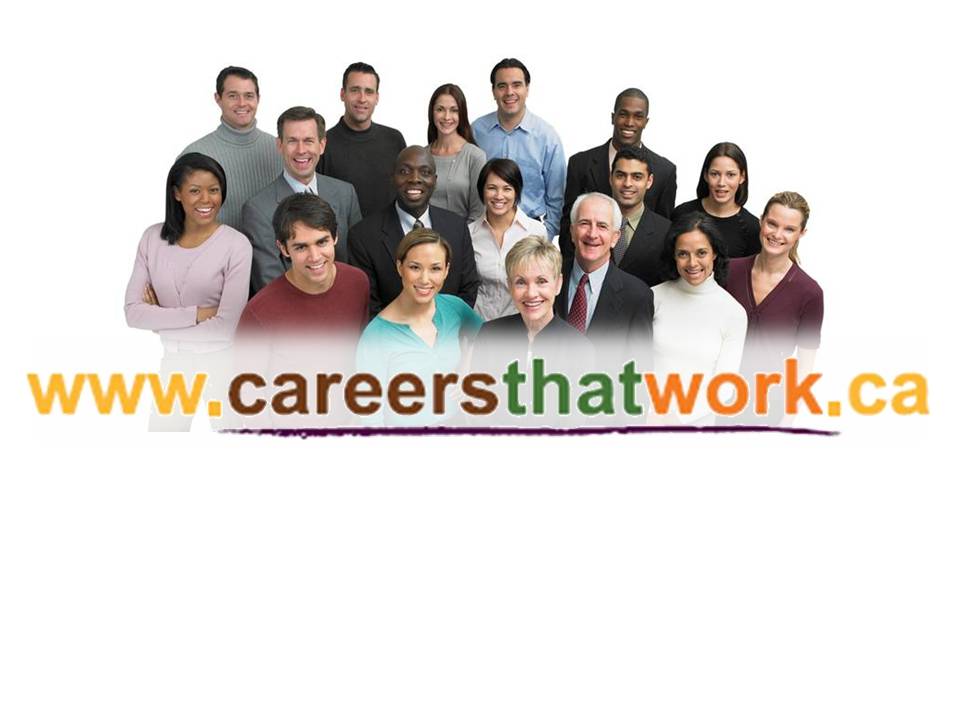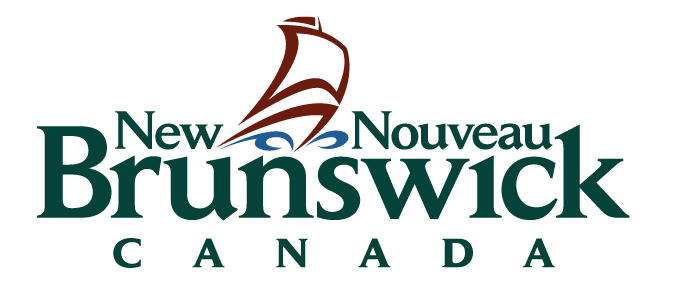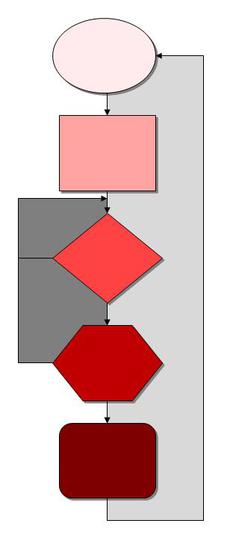Identify Your Employment Goal
This seems simple enough but many people use a "I'll Take What I Can Get" approach to their job search. They are prepared to settle for the first job opportunity they come across and not give much thought as to whether they would like the job or would even be any good at it. While this may make sense as a short term strategy if you are in financial need and have to secure employment immediately, but where possible, you should try to match your skills and interests with a company and job position that will promote a happy and sustainable working environment for you.
Try this;
Develop a list of places you would like to work, types of jobs you think you would enjoy doing and use this as a starting point for your job search.
If you are having trouble deciding on places you would like to work, jobs you would like to do, please spend some time reviewing the PACE (Plan to Achieve Career Excellence) career planning tool and set up
an appointment to meet with an employment counsellor from the Department of Post Secondary Education,Training and Labour.
Marketing Tools
Cover Letter
This introduction letter not only personalizes the resume but it also allows you to emphasize, and expand on, the
relevant skills and qualifications that you possess for the particular position or company to which you are
applying.
Unless the employer indicates otherwise, your resume should ALWAYS have a cover letter.
Resume
There are three different types of resume layouts; chronological, functional and combination. Each has unique advantages depending on how you wish to market yourself to employers.
Chronological Resume
The chronological resume is the traditional style of resume that most people are familiar with. This resume lists your educations and employment history from most recent. This style of resume is best if:
With this type of resume under your work experience section you want to organize your jobs in reverse chronological order and provide point form descriptions of the duties that you preformed while employed there.
Functional Resume
This format summarized your experience and skills while minimizing your employment history. This allows you to minimize previous job titles and is best used if:
With this type of resume it is still essential that you have all the information that you would need to produce a chronological resume.
Identify a few essential skills that relate to the type of job that you are applying for such as Collaboration, Communication, and Writing. These skills will go under a skills or qualifications section.
Take each duty from your work experience and apply it to one of the essential skills that you have chosen, remember it may be necessary to add the company information to the points as to verify which job you were at when completing these duties.
Combination Resume
This format is a combination of both the Chronological and Functional resumes and lets you emphasis experience, skills and work history. This resume is best used by people:
The work experience section is broken down into multiple sections and job that are similar are grouped under these sections. Examples would be Office Experience and Research Experience.
Pitch
An effective way to initiate cold calls, begin interviews and meet people who may be in a position to hire you would be to establish a great introduction to describe your employment objective, skills that fit that objective and a request to discuss your qualifications further.
For example;
“Hi, my name is ________________. I am contacting you because I am interested in working as a _____________ within your organization. I believe I would be an excellent candidate for this position as I have a degree in ____________ and the following skill sets; ________________,_________________ and ___________________. I have also experience in this line of work in my past job as ___________________ with _______________ (company). I wonder if I could set up a meeting with you to discuss this opportunity further?”
Try to have a very professional and polished pitch that is 30 seconds long and another that is 60 seconds long which provides more information about yourself. This is also a great confidence booster because it allows you to talk about yourself very easily and "breaks the ice" if you are nervous about meeting with potential employers.
Job Search Tips
The most important part to your job search is organization. You need to keep track of where you dropped off resumes,who you contacted, potential leads, interview and follow-up dates. This can be done cheaply by investing in a calendar or notebook. If you are more high-tech, try putting the information in your Outlook calendar or Excel sheet and linking it to your PDA or cell phone. Lack of a solid plan leads to frustration and declining motivation. Check out the job search tracking sheets below.
Remember to regularly check Internet job boards,newspapers, etc.. for employment opportunities.
Select the "Job Search Guide" link or select one of the helpful resources below to help you get started on your job search. Here are some online resources;
Spread the Word!
Enlist the help of your family, friends, social networking sites, former employers, etc to make sure everyone you know is helping you find work. Being unemployed is not something to be embarrassed about as everyone has been in this situation at one time or another. By getting your social network working effectively for you, the number of opportunities and potential job offers will be much more plentiful than if you had to do this all on your own. Much less work too!
Some words of caution: Just make sure you don't post too much personal data on the internet. People have been victims of identity theft because they posted all the info a criminal needs to secure credit in someone else's name. People have also been declined (or even lost jobs) because of information/photos that employers could access through social media sites.
The Interview
Two of the most important things you can do to prepare for an interview is to:
1. Find out everything you can about the company/position to which you are applying.
2. Practice answering the common types of interview questions that employers ask.
Obtaining (and Maintaining) Employment
Once you have landed the job, your primary objective is to excel in that position so the employer wants to keep you around!
So, beyond performing the specific duties required to keep your job, you should be thinking about how to advance your career within this company or use this as a stepping stone to another position that builds your career.
.
Download Job Search Resources
Click on the scrolling icons below to download any (or all) of the resources presented on this page.
Good luck in your job search!
 | ||||
 | ||||
Funded by the Government of Canada and the Province of New Brunswick through the Canada-New Brunswick Labour Market Agreements.
An effective job search plan can be demonstrated as a flow chart with a series of stages. Each stage should be performed in the order presented. Additional resources for each stage of the job search process, are provided under section headings.
= Career Planning Cycle
= Job Search Cycle
Job Search Strategies
Your Guide to Finding a Job
The Job Search Plan
Identify your employment goal. What type of job do you want? Be specific and very clear as to what job you wish to apply for and which organization would be a good match for your skills. Focus your job search efforts to satisfy objectives. Need help? Explore this resource.
Prepare the following marketing tools ready before you begin contacting employers:
- Resume and Cover Letter - Your 30 Second Pitch
- References - Portfolio
Develop your job search plan beginning with your wish list of places you would like to work.
Conduct your job search in an organized manner. Establish timelines to follow-up with employers and stick to your job search plan.
The interview. Prepare for possible questions you may be asked and find out everything you can about the company prior to your interview.
Landing the job and ongoing career management. Once you have landed the job, you need to evaluate if it is meeting your expectations. Is there room for growth and advancement? If not, it's time to start back at the beginning to form a new plan.



